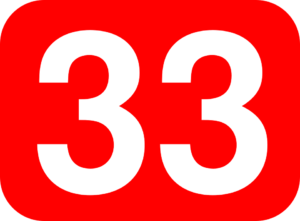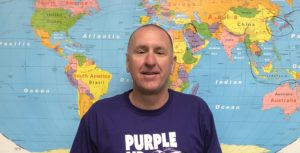
America is changing. According to Pew, by 2050 the US will be 29% Hispanic. If you don’t have kids in your class who struggle with English, you will in the future. If you have students who struggle, expect a lot more. I’ve spoken to colleagues who’ve experienced such students. Many of these educators expressed frustration. They lack training and resources. In prepping for this episode, I concluded that teachers need to strive to be like the Statue of Liberty…SAY WHAT!?!
“Give me your tired, your poor, your huddled masses yearning to breathe free, the wretched refuse of your teeming shore,” she wrote. “Send these, the homeless, tempest-tossed to me, I lift my lamp beside the golden door!”
The golden door is an education. Embrace these youngsters. Think how stressful it is for them to not feel free to express themselves.
In this episode, I interview a bilingual champion by the name of Diann Espinoza.

Diann Espinoza
Diann teaches Science at South Meadows Middle School in Portland, Oregon. Diann’s wonderful school fully embraces bilingual education. Below are some of Diann’s ideas on how to help students succeed who struggle with English:
Bilingual teachers must assist students with strategies for bridging the two languages. There are specific methods that we learn to employ like showing students words that mean the same and look very similar in both languages, these are called cognates. We do lessons where we make anchor charts with the students that have color-coded bilingual components pointing out the prefixes that are used commonly in each language or things like tricks they can use when they are working in English that give them clues from the Spanish that they know or vice versa. An example would be adjectives that end in -ly in English tend to end in -mente in Spanish like (actually and actualmente). We also use TPR and diagrams or drawings with bilingual labels that have been added during a lesson with all of the students. These resources stay on the walls for reference.
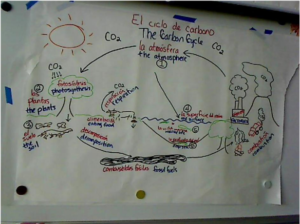
One of the hardest things about being a secondary bilingual science teacher is finding connections with others who do the same thing. I attended a national conference this summer and connected with another middle school science teacher. It is his first year this year and the first year for his school to add a dual language program. We have communicated a bit but mostly I feel that I am the one who is sharing everything that I have learned as a solo teacher from trial and error.
There is a difficulty with students wanting to speak in the language of power (English, of course), especially as they get older and in middle school most of the time I hear them conversing in English. Their lack of enthusiasm for learning in Spanish puts a dent in their progress and therefore, presents a troubling challenge.
One thing I can think of right away is encouraging these students to do their initial thinking and writing in their native language so that they can organize their thoughts and then work from there to complete the work in what limited ways they can in English. This is called translanguaging. Often in bilingual learning spaces teachers encourage students to do this so they can see what students know how to do in each language. Over time they find that the writing produced is more detailed
Another is to have them produce vocabulary work in English but then to also have a space on the activity for them to write the word and maybe a definition or a sentence in their own language too.
This is a picture of an example vocab poster that my dual language class made with the word in English and also in Spanish.
Finally, when new unit vocab is introduced, have a word wall or other shared place where the whole class can see. Ask students of other native languages to bring the words from home for the new vocabulary and include those in that space for all to see.
In this way, the home language and culture is honored and they can see that their contributions are appreciated. If you make this a practice from the beginning, then hopefully they will not feel stigmatized or weird for using their home language but rather, if the teacher creates the expectations, they will feel more confident that they have a treasure to draw from and even an advantage for their learning success, because they actually do!
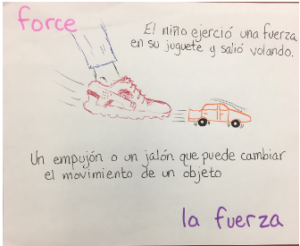
Diann Espinoza
My favorite ideas is to merely take the HyperDoc, which represents the lesson prompt, and translate in Google!
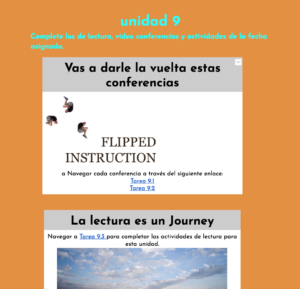
Episode Template
The Problem:
Many teachers are at a loss with how to help kids who struggle with English.
The Solution:
Implement Diann Espinoza’s ideas.
What you can do Tomorrow:
- Develop empathy for kids who struggle with English.
- Translate your lesson prompt HyperDoc.
- Encourage kids to initially express in their native language.
- Utilize images and drawing.
- Unleash physical expression.
- Foster relationships with students who may feel isolated.
America is becoming more diverse. Embrace the future. Help kids who struggle with English. They need you!
Listen to “99-If the Statue of Liberty was a teacher…how would she handle kids who struggle with English…Starring Diann Espinoza” on Spreaker.
